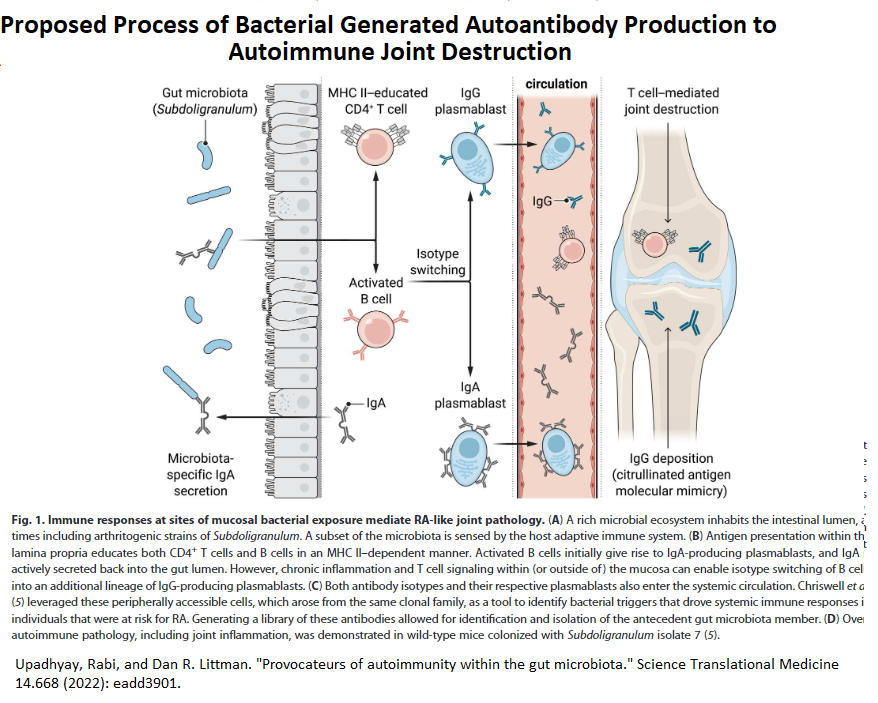Dogs cannot make vitamin D – not even from sun and hence are totally dependent on diet. Osteoarthrtis in humans is only protected in humans with HIGH vitamin D levels. Might this apply to my dog as well?
Below article discusses the potential need for Vitamin D. Deficiencies were common:
Thirty-three dogs (71·7 %) had 25(OH)D values below the previously reported minimum concentration indicating sufficient vitamin D status of 100 ng/ml”
Young, Lauren R., and Robert C. Backus. “Oral vitamin D supplementation at five times the recommended allowance marginally affects serum 25-hydroxyvitamin D concentrations in dogs.” Journal of nutritional science 5 (2016).
https://www.cambridge.org/core/services/aop-cambridge-core/content/view/FFBAD4E956A376301E5DFC12F0E1C252/S2048679016000239a.pdf/oral-vitamin-d-supplementation-at-five-times-the-recommended-allowance-marginally-affects-serum-25-hydroxyvitamin-d-concentrations-in-dogs.pdf
Importance of Vitamin D in dogs so far:
In veterinary medicine, many investigators have reported associations between low serum 25(OH)D concentrations and canine mast cell tumour(16) , chronic kidney disease (17), congestive heart failure(18) , inflammatory bowel disease (19) and cancer (10)
16 Wakshlag JJ, Rassnick KM, Malone EK, et al. (2011)
Cross-sectional study to investigate the association between vitamin D status and cutaneous mast cell tumours in Labrador retrievers. Br J Nutr 106, S60–S63
17 Gerber B, Hassig M & Reusch CE (2003) Serum concentrations of 1,25-dihydroxycholecalciferol and 25-hydroxycholecalciferol in clinically normal dogs and dogs with acute and chronic renal failure. Am J Vet Res 64, 1161–1166
18 Kraus MS, Rassnick KM, Wakshlag JJ, et al. (2014) Relation of vitamin D status to congestive heart failure and cardiovascular events in dogs. J Vet Intern Med 28, 109–115
19 Gow AG, Else R, Evans H, et al. (2011) Hypovitaminosis D in dogs with inflammatory bowel disease and hypoalbuminaemia. J Small Anim Pract 52, 411–418.
10 Selting KA, Sharp CR, Ringold R, et al. (2014) Serum 25-hydroxyvitamin D concentrations in dogs – correlation with health and cancer risk. Vet Comp Oncol (epublication ahead of print version 8 July 2014).
ARTHRITIS BIG ISSUE and NEED FOR HIGH VITAMIN D LEVELS
What is little known in human studies is only high levels fully protect people
only HIGH levels fully protect mono sufferers from getting MS:
Munger, Kassandra L., et al. “Serum 25-hydroxyvitamin D levels and risk of multiple sclerosis.” Jama 296.23 (2006): 2832-2838.
https://jamanetwork.com/journals/jama/fullarticle/204651/
“HIGH circulating levels of vitamin D are associated with a lower risk of multiple sclerosis.”
HIGH levels fully help protect subjects from heart disease:
J Prev Med Public Health. 2017 Jul; 50(4): 278–281.
The Big Vitamin D Mistake
Dimitrios T. Papadimitriou
https://www.ncbi.nlm.nih.gov/pmc/articles/PMC5541280/pdf/jpmph-50-4-278.pdf
HIGH levels are helpful in lupus:
Pakchotanon, Rattapol, et al. “Randomized Double-Blind Controlled Trial To Evaluate Efficacy Of Vitamin D Supplementation Among Patients With Systemic Lupus Erythematosus.” Journal of Southeast Asian Medical Research 4.1 (2020): 24-32. https://www.jseamed.org/index.php/jseamed/article/view/57
AND Most importantly, only HIGH levels gave best protection against Osteoarthritis.
In a Framingham study of osteoarthritis only subjects in the Upper 1/3 blood levels of vitamin D were protected from osteoarthritis progression: Relation of Dietary Intake and Serum Levels of Vitamin D to Progression of Osteoarthritis of the Knee among Participants in the Framingham Study Timothy E. McAlindon et al Ann Intern Med. 1996;125(5):353-359.
http://annals.org/article.aspx?articleid=709914
“Risk for progression increased threefold in participants in the middle and lower tertiles for both vitamin D intake (odds ratio for the lower compared with the upper tertile, 4.0 [95% CI, 1.4 to 11.6]) and serum levels of vitamin D (odds ratio for the lower compared with the upper tertile, 2.9 [CI, 1.0 to 8.2]).”
This is huge with “normal” and low levels getting THREE times the osteoarthritis rates. However, where I live vitamin D deficiency is rampant and there seems to be no understanding that knee replacement might be in part related to low vitamin D levels.
Suspect same seems to go with canines.
Dogs carry huge risk of osteoarthritis yet there is little research into need for vitamin d.
Initial article used:
2·3 μg vitamin D 3 /kg BW exp 0·75
Exponenting the weight comes from studies:
Sidhu KS. Basis for body weight exponent (0.75) as a scaling factor in energy metabolism and risk assessment. J Appl Toxicol. 1992 Oct;12(5):309-10
https://pubmed.ncbi.nlm.nih.gov/1447474/
1 mcg vitamin D is equal to 40 IU
10 kg exp 0.75 comes to 5.6 kg
Results work out to 560 u/day for a 10 kg dog (400 u = one drop pediatric – so one drop for 3 days and 2 drops on forth day)
Gave my 10 k cocker spaniel his first drop today…. More heavy set dogs are going to need it more…
addendum – vit d supplementation might help itch in dogs:
Klinger, Christoph J., et al.
Vitamin D shows in vivo efficacy in a placebo‐controlled, double‐blinded, randomised clinical trial on canine atopic dermatitis.
Veterinary Record 182.14 (2018): 406-406.
https://www.rxvitamins.com/rxvitaminsforpet/wp-content/uploads/2018/03/Vitamin-D-Study.pdf
“After eight weeks of treatment, patients who received cholecalciferol showed significantly less pruritus than patients from the placebo group (P<0.0001)” – actually cut it in half! I’m hoping my dog will scratch less…


